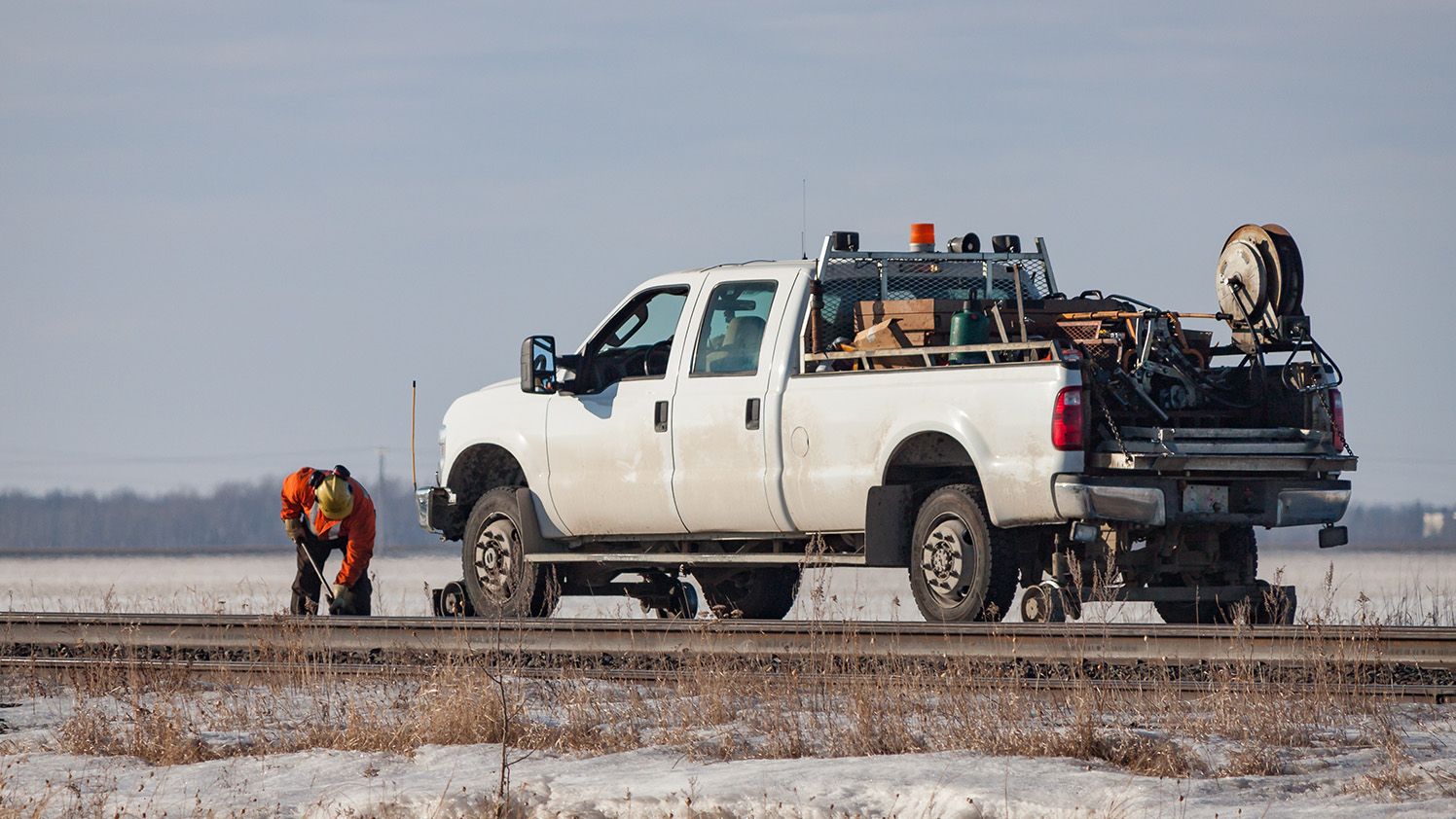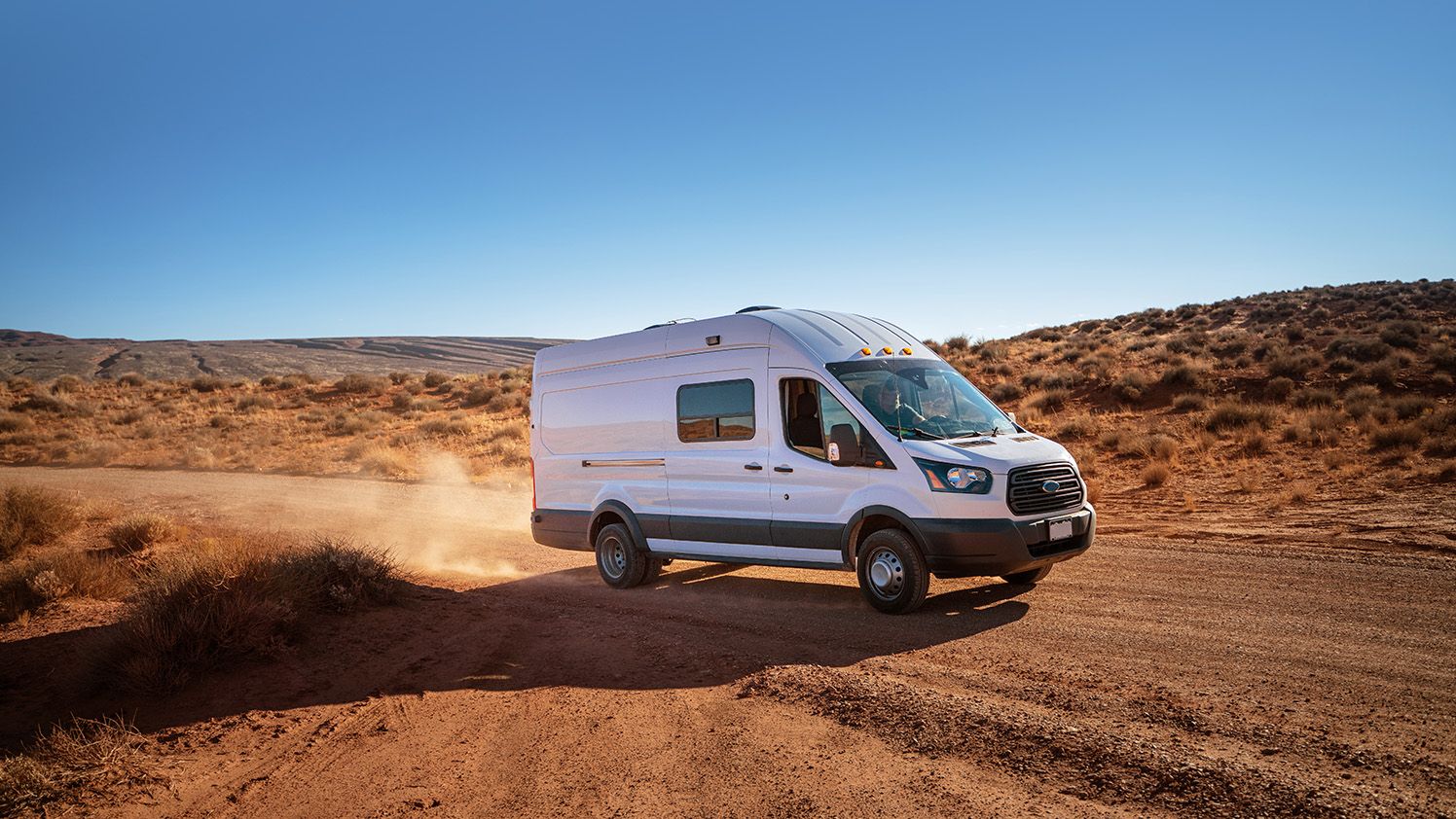How To
5 Ways to Identify High-Risk Workers
High-risk workers might not always be who we initially think of. Traditionally, the term "high-risk" may conjure images of workers in dangerous professions or remote locations. However, any employee working by themselves, for any length of time, in any setting, carries an elevated risk of situations occurring where accessing immediate help could be challenging or not possible.
Lone workers, working in busy cities or remote rural areas, face unique vulnerabilities in difficult situations because they don’t have the immediate support of colleagues. This includes a wide range of roles such as delivery drivers, field researchers and even staff working alone in a warehouse. Each scenario brings its own risks which are often overlooked in standard safety assessments.
Knowing how to identify a high-risk worker is the first step in crafting a robust safety net. By identifying and understanding the diverse needs of these at-risk employees, organizations can implement effective safety measures, such as comprehensive monitoring and communication solutions like Ok Alone, to ensure every team member has the support they need, exactly when and where they need it most.
1. Assess job roles and work environments
Review all job roles to identify positions that require working without direct supervision, in isolated locations, or outside of normal business hours. This includes remote field workers, night-shift staff, long haul drivers and those working from home.

2. Consider communication practices
Identify roles where employees have limited access to immediate communication with colleagues or supervisors, indicating they are working in solitary conditions. This could include maintenance personnel in large, noisy industrial plants, or scientists conducting fieldwork in remote areas.
3. Evaluate external visits and client interactions
Recognize staff members who conduct external visits or client meetings alone, such as real estate agents showing properties in remote areas, delivery drivers who make rounds to unsecured locations or healthcare workers visiting patients at home.

4. Understand sector-specific terminologies
Familiarize yourself with industry-specific terms that might indicate lone working, aiding in the identification process. For instance, understanding what constitutes "Solo Work" in construction or "Independent Technician" tasks in telecommunications can help pinpoint workers at greater risk.
5. Monitor health and safety records
Examine health and safety records to spot patterns of incidents or near misses that involve lone workers, suggesting areas where improvements in safety protocols are necessary. Reviewing past reports of accidents involving isolated construction site workers or incidents where field researchers faced hazards can provide valuable insights into systemic risks.
Enhance worker safety with modern solutions
Ok Alone is a comprehensive safety monitoring and lone-worker solution designed to enhance compliance and provide complete workforce visibility. This fully integrated safety solution allows for effective monitoring of workers, ensuring their safety while on the move, even when they are away from their vehicles.
The system seamlessly integrates with the MyGeotab™dashboard and map, providing complete visibility of both vehicle and worker locations. Ok Alone is dedicated to promoting a culture of safety, demonstrating compliance with regulatory standards, and providing a cost-effective automated monitoring solution for businesses of all sizes.
Here’s how Ok Alone can transform your safety protocols:
-
Implement real-time location sharing: Utilize Ok Alone’s GPS sharing feature to maintain visibility of workers' locations, ensuring quick response in case of an emergency.
-
Establish regular check-ins: Set up a schedule for regular check-ins using Ok Alone, allowing workers to report their status and any immediate safety concerns.
-
Enable instant alert systems: Encourage the use of Ok Alone’s alert system, which enables workers to send immediate notifications in case of distress, ensuring rapid assistance.
-
Leverage man-down alerts: Activate the Man-Down feature on Ok Alone for roles with heightened physical risks, detecting lack of movement and automatically sending alerts.
-
Offer comprehensive training and collateral: Ensure all workers are trained on how to use Ok Alone effectively, including how to send alerts, check in, and utilize GPS tracking for their safety. Provide workers with informational collateral about Ok Alone so they know to use it and how it can help them.
-
Customize safety protocols: Tailor safety protocols within Ok Alone to meet the specific needs of different worker roles, considering the unique risks and challenges they face.
-
Monitor and respond proactively: Use Ok Alone’s dashboard to actively monitor worker check-ins and alerts, ensuring swift action is taken in response to any anomalies or emergencies.
-
Review and adapt safety measures: Regularly review safety measures and feedback from Ok Alone’s reports to adapt and improve the support provided.
Working safely, together or alone
By following this checklist, organizations can effectively identify their high-risk workers and enhance their safety through strategic use of Ok Alone’s capabilities. This approach ensures a safer working environment for all employees, particularly those working on their own.
Learn More About Ok Alone
Sign up for a free trial of Ok Alone and experience how our customer success experts can assist you in setting up a safer workplace.
Visit solution
